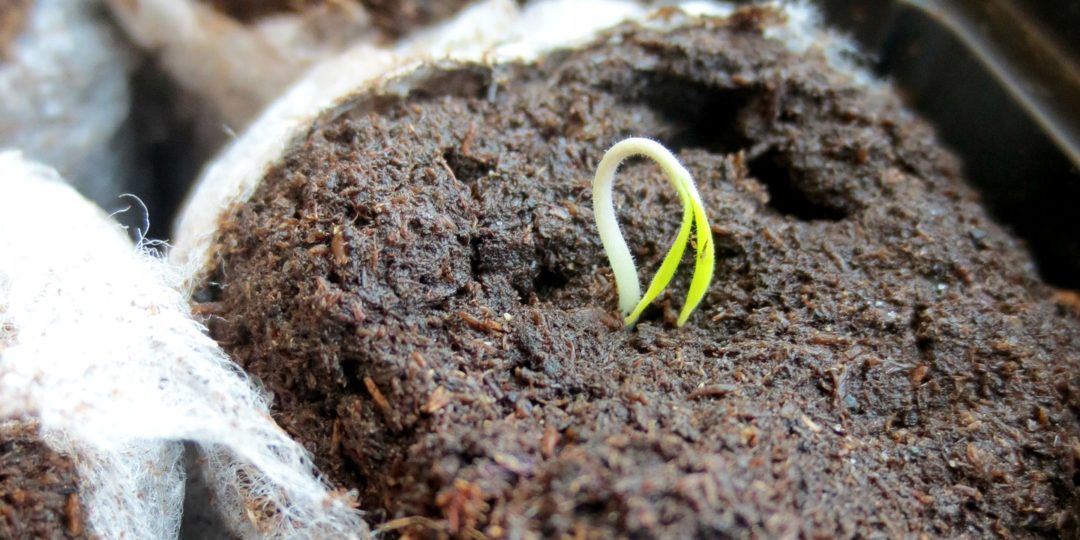How Do Neonicotinoids Affect Bees?
by Robert Anderson

Neonicotinoid pesticides have become a divisive issue in recent years. On one side, pesticide advocates have emphasized it’s lack of lethal effects compared to other classes of chemicals. On the other, many papers have come out in the past decade linking neonicotinoids to a slew of health problems.
Pesticides and Disease
A 2015 study in Germany found that pesticides could interact with diseases to harm bees. Researchers exposed individual honey bees to small doses of various combinations of the neonicotinoid pesticides and infections like black queen cell virus and Nosema ceranae.
Treatment with the neonicotinoid alone did not have a significant effect on bee mortality. But when diseases were introduced? Bee deaths increased noticeably when combined with both black queen cell virus and Nosema. Bees were dying much faster than when exposed to just the disease.
However, there was no significant difference in bee mortality between the treatment with both pathogens and the trial combining both pathogens and pesticides. This indicates that the combination of pathogens is more dangerous than the presence of both pathogen and pesticide.
Doublet, the lead researcher, concludes that neonics have a high possibility of increasing mortality when combined with other factors. His paper also strongly suggests that future work be done to identify how pathogens and pesticides interact on a large scale. He concludes that pathogens are still the most important aspect to deal with to advance honey bee health.
Dosage Matters
While neonicotinoid doses that bees are exposed to in nature may not alone result in death, they can still have a major effect on bee health.
Besides making bees more vulnerable to disease, they can alter other aspects of a bee’s biology. This includes flight ability, learning and memory ability, and body/colony temperature regulation.
At very low doses, bees treated with the pesticide thiamethoxam (TMX) actually demonstrated increased flight ability in the short term. However, anything above trace amounts of TMX caused heavy reductions in forage and flight ability. On average, flight distance was diminished by 23% and flight duration dropped by 20%. In the worst cases, after long-term exposure, honey bee forage range can be lowered by as much as 79%.
It is important not to overlook the potential for long-term exposures, as a decreased flight radius could result in honey bees predominantly foraging on nearby treated crops.
Pesticides can also have notable impacts on the cognitive abilities of bees. Higher concentrations of pesticide were shown to have more extreme impacts on the bees observed.
While the learning scores of honey bees were more negatively affected than bumblebees, basic exposure to pesticides decreased both learning score and long and short term memory in both species. Researchers also expressed concern that exposure to pesticides could have more negative cognitive impacts on bees in the larval stage than adults.
This is particularly concerning when combined with finding that neonics could severely lower the foraging range of bees. Between not being able to cover as much ground and having difficulty learning new information, exposed bees could have a very hard time foraging.
While more research is certainly needed, it seems there is a clear need for caution when using this relatively new class of pesticides. Using seed coatings rather than spray is one way to reduce the dosage of neonics that bees are exposed to.
Rob is a senior Environmental Science undergraduate at Northeastern University. He has also served as a co-op with our affiliate, the Best Bees Company, where he spent several months working full time as a beekeeper.